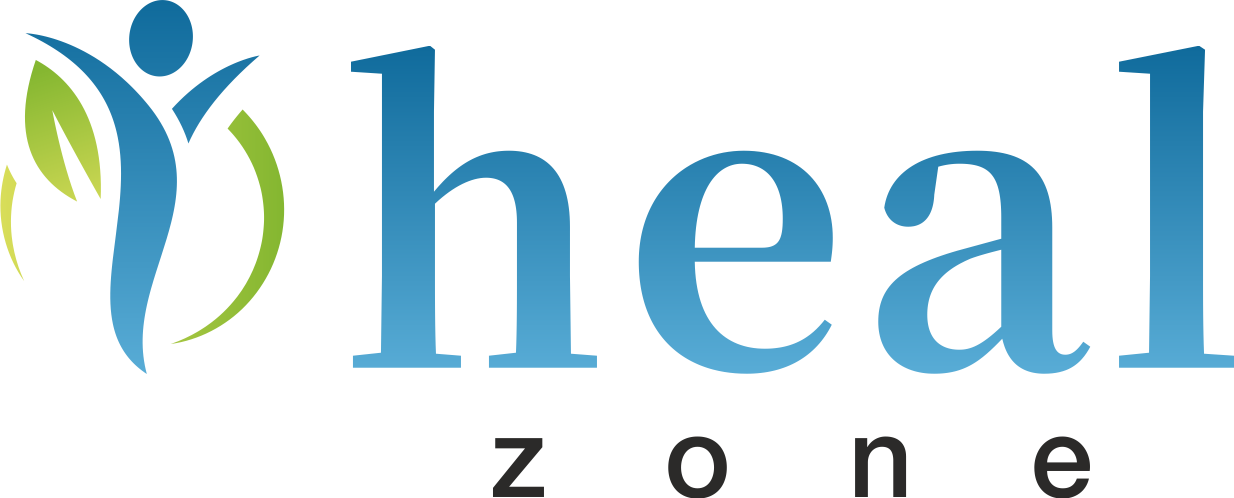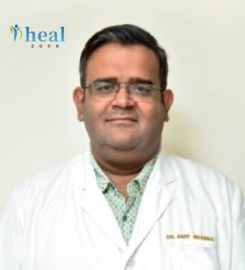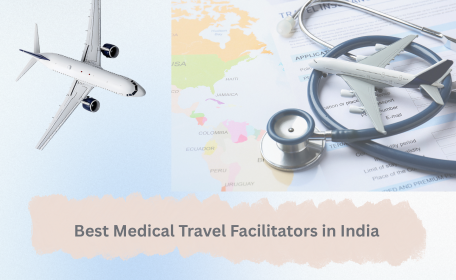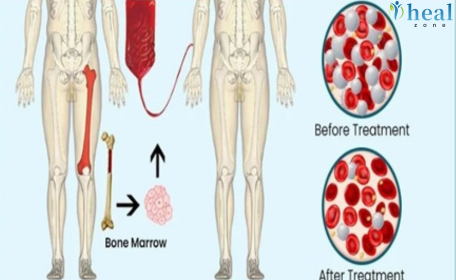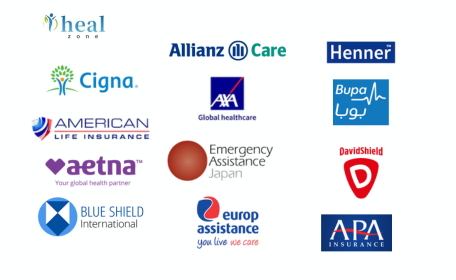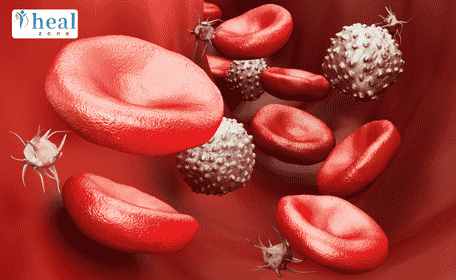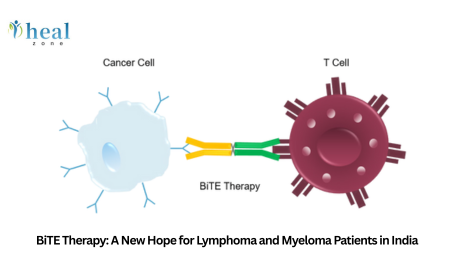What Is Adenoidectomy and Why Is It Performed?
Adenoidectomy is a surgical procedure that involves the removal of the adenoids—a mass of lymphoid tissue located behind the nasal cavity in the upper part of the throat (nasopharynx). While adenoids play a role in the immune system during early childhood, they can become enlarged or chronically infected, leading to health problems.
Purpose of the Surgery:
- Treat chronic nasal blockage and congestion
- Eliminate snoring and improve sleep quality
- Prevent recurring ear infections and glue ear
- Restore proper breathing and reduce mouth breathing
- Improve speech and hearing in children
Adenoidectomy may be done alone or combined with tonsillectomy or ear tube placement depending on the child’s condition.
What Are the Types of Adenoidectomy Procedures?
Indian hospitals offer a variety of surgical techniques based on the patient’s condition, surgeon preference, and availability of devices.
1. Conventional (Curettage) Adenoidectomy:
- Uses a surgical curette to remove adenoids blindly
- Quick and cost-effective but may leave some tissue behind
- Often followed by suction or cautery
2. Electrocautery Adenoidectomy:
- Uses electric current to cut and coagulate tissue
- Minimizes bleeding
- Requires general anesthesia and specialized equipment
3. Endoscopic Adenoidectomy:
- Involves a small camera (endoscope) inserted through the nose or mouth
- Provides direct visualization and precision removal
- Reduces risk of residual adenoid tissue or complications
4. Coblation Adenoidectomy:
- Uses a low-temperature plasma field to dissolve tissue
- Causes minimal pain, less bleeding, and faster recovery
- Preferred for sensitive patients and complex cases
In India, endoscopic and coblation adenoidectomy are widely used in modern ENT centers, offering superior outcomes for international patients.
Who Needs Adenoidectomy Surgery?
Adenoid removal is typically recommended for children aged 1 to 7 years, but adults with chronic infections or breathing issues may also require the surgery.
Indications Include:
- Persistent nasal congestion or obstruction
- Chronic mouth breathing or dry mouth
- Loud snoring and sleep apnea
- Recurrent ear infections or fluid buildup
- Delayed speech or poor school performance (due to hearing loss)
- Failure of medical treatments such as antibiotics and decongestants
Doctors in India carefully evaluate medical history, symptom duration, and imaging before confirming the need for surgery.
What Are the Symptoms and How Is Adenoid Enlargement Diagnosed in India?
Common Symptoms:
- Breathing through the mouth instead of nose
- Persistent nasal voice
- Snoring, sleep apnea, or restless sleep
- Ear infections or hearing problems
- Chronic runny or blocked nose
Diagnostic Approach in India:
1. Clinical History & ENT Examination: Assessment of breathing patterns, speech, and sleep quality
2. Nasopharyngoscopy: Thin flexible camera inserted through the nose for visualizing adenoids
3. X-ray of the Nasopharynx: Identifies size and obstruction level of adenoids
4. Audiometry or Tympanometry: Checks if hearing is affected due to middle ear fluid
5. Allergy and Immunology Tests: In cases of recurrent infections
Indian ENT clinics offer same-day diagnostic workups using modern equipment, enabling quick diagnosis and early surgical planning for international patients.
What Are the Treatment Options for Adenoid Problems?
Treatment for enlarged or infected adenoids depends on age, symptom severity, frequency of infections, and hearing loss. Indian doctors follow evidence-based guidelines to determine whether surgery is needed.
1. Non-Surgical (Conservative) Management:
- Antibiotics for acute bacterial infections
- Nasal corticosteroid sprays to reduce inflammation
- Saline nasal rinses to ease breathing
- Antihistamines or decongestants for allergy-related issues
Non-surgical treatment may work temporarily but often leads to recurrence in children with chronic or enlarged adenoids.
2. Surgical Treatment – Adenoidectomy:
Recommended when:
- Symptoms persist for more than 3 months
- Medical therapy fails
- Hearing loss or sleep apnea develops
- Multiple ear infections or speech delays occur
Adenoidectomy is a permanent solution that improves quality of life, especially when performed early.
What Is the Complete Treatment Protocol for Adenoidectomy in India?
India offers a structured, patient-centric treatment journey, especially tailored for international patients. Here's what it includes:
1. Pre-Operative Phase:
- Online or in-person ENT consultation
- Diagnostic tests: nasoendoscopy, X-ray, audiometry
- Pre-anesthesia check-up (blood test, ECG for adults)
- Medical clearance and consent documentation
2. Surgery Day:
- Fasting for 6–8 hours prior
- Administered under general anesthesia
- Procedure duration: 15–30 minutes
- Surgical approach (conventional, endoscopic, or coblation) decided based on clinical needs
3. Post-Operative Phase:
- Recovery in the post-op ward for 2–3 hours
- Discharge on same day or next morning
- Mild pain, sore throat, or nasal congestion expected
- Prescription of antibiotics, pain relievers, and nasal sprays
4. Recovery & Follow-Up:
- Soft diet for 3–5 days
- Avoid hot/spicy foods initially
- Follow-up within 7 days for wound check
- Full recovery expected in 7–10 days
Healzone ensures smooth coordination between ENT surgeons, anesthetists, and international care teams to manage every step seamlessly.
What Devices or Surgical Instruments Are Used in Adenoidectomy?
Indian hospitals use advanced, international-standard ENT equipment based on the chosen technique:
Devices for Conventional Surgery:
- Adenoid curette (ring or punch-type)
- Suction cautery or electrocautery device
- Tongue depressors and mouth gags
Devices for Endoscopic or Coblation Adenoidectomy:
- Nasal endoscope with HD camera
- Coblation wand and generator unit (low-temperature plasma system)
- Microdebriders for tissue removal (optional)
- Suction-irrigation units
All devices used are FDA- or CE-certified, sourced from leading global manufacturers. The method used is discussed with each patient/family in advance.
What Is the Full Cost Breakdown of Adenoidectomy Surgery in India?
India offers transparent and affordable pricing for international patients, with all major expenses included in the package. Here’s a typical breakdown:
|
Cost Component |
Estimated Cost (USD) |
|
ENT Consultation & Examination |
$30 – $50 |
|
Nasal Endoscopy / X-ray |
$50 – $80 |
|
Audiometry / Tympanometry |
$40 – $60 |
|
Pre-surgery Tests (blood, ECG) |
$50 – $100 |
|
Surgery Charges (including OT) |
$300 – $500 |
|
Anesthesia & Monitoring |
$150 – $250 |
|
Surgical Equipment & Devices |
$100 – $200 |
|
Hospital Stay (0–1 night) |
$100 – $150 |
|
Medications & Post-op Care |
$80 – $120 |
Total Estimated Cost in India: $700 – $1,200
Healzone offers package pricing for international patients, which includes consultation, surgery, recovery support, and local transportation assistance.
What Procedure Types Are Used for Adenoidectomy in India?
Indian ENT surgeons perform adenoidectomy using varied surgical approaches, based on age, adenoid size, coexisting conditions (like tonsillitis), and technology availability.
1. Conventional Curettage Adenoidectomy:
- Performed using a ring curette to remove adenoids blindly
- Common in basic setups
- Fast, but higher chance of residual tissue or recurrence
2. Electrocautery Adenoidectomy:
- Involves the use of an electrically heated instrument
- Simultaneously cuts and coagulates tissue
- Reduces bleeding and offers cleaner dissection
3. Endoscopic-Assisted Adenoidectomy:
- Uses a nasal endoscope with a high-definition camera
- Offers direct visual access to adenoids
- Ensures complete removal and reduces recurrence risk
4. Coblation Adenoidectomy:
- Uses a low-temperature plasma field to dissolve tissue gently
- Minimal thermal damage to surrounding structures
- Less pain, bleeding, and faster healing
- Preferred choice for children and sensitive patients
Many Indian hospitals now offer endoscopic or coblation-based procedures for international patients, prioritizing safety and quicker recovery.
What Are the Advantages of Getting Adenoidectomy in India?
India combines world-class ENT care with unmatched affordability and hospitality. Here's why thousands of international patients choose India:
Cost-Effective Packages:
- Save 60–80% compared to the US and UK
- Transparent, fixed-cost bundles with no surprise charges
Experienced ENT Surgeons:
- High-volume centers treating pediatric and adult cases
- Surgeons trained internationally in endoscopic and coblation techniques
Modern Surgical Facilities:
- NABH- and JCI-accredited hospitals
- Use of high-definition cameras, coblation units, and anesthetic monitors
Priority Care for International Patients:
- Minimal waiting times
- 1–2 day hospital visits with optional in-hotel recovery
Comprehensive Support:
- Travel, visa, translation, and follow-up coordination
- Seamless communication and aftercare, even after you return home
India offers the ideal blend of quality, safety, comfort, and savings—perfect for families traveling for pediatric ENT surgery.
Why Choose Healzone for Adenoidectomy in India?
Healzone is a trusted medical tourism platform, connecting international patients with India’s top ENT surgeons and hospitals. Here’s how Healzone makes the process effortless:
Pre-Approved Hospital Network:
- Only works with hospitals that are internationally accredited
- Facilities equipped with pediatric anesthesia, endoscopic tools, and coblation devices
Fixed-Price Surgical Packages:
- No billing surprises
- Packages include consultation, surgery, anesthesia, devices, and follow-up
Full Travel & Care Coordination:
- Visa invitation letters and processing support
- Airport transfers and hotel bookings near the hospital
- Multilingual coordinators for non-English speakers
Aftercare & Continuity:
- Free video consultations post-discharge
- Rehabilitation and dietary guidelines shared digitally
- Coordination with your home country doctor, if required
With Healzone, your medical journey becomes stress-free, predictable, and professionally managed.
What Precautions Should Be Taken Before and After Adenoidectomy?
Pre-Surgery Precautions:
- Stop blood thinners or herbal supplements at least 5–7 days prior
- No solid food or milk 6 hours before surgery
- Keep the child hydrated the night before
- Inform the doctor of any allergies or past anesthesia reactions
Post-Surgery Precautions:
- Avoid hot, spicy, or acidic foods for 3–5 days
- Encourage rest and hydration
- Mild sore throat or nasal congestion is normal
- Avoid school, daycare, or travel for at least 7 days
- Do not insert anything in the nose or mouth for the first week
Parents or adult caregivers should monitor for signs of:
- Bleeding from the nose or mouth
- Fever above 100.4°F (38°C)
- Difficulty swallowing or breathing
Healzone provides a printed and digital recovery plan, so international families have clear, step-by-step aftercare guidance during their stay and return trip
